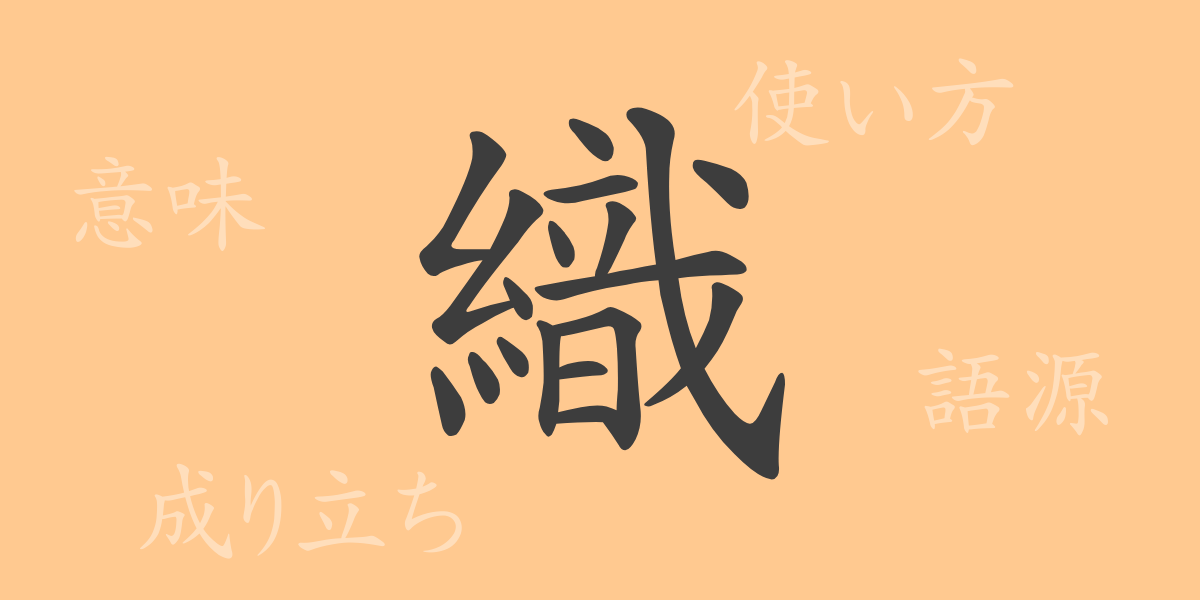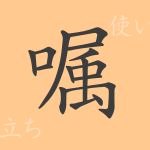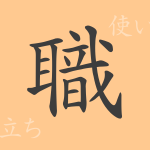In Japanese culture, the Kanji ‘織’ (オリ) transcends its status as a mere character, embodying a rich history intertwined with the daily lives and spirituality of the Japanese people. This article explores the origins of ‘織,’ its contemporary usage, pronunciation, radical, and more, unraveling the intricate world this Kanji represents.
Origins of 織 (オリ)
The Kanji ‘織’ symbolizes the act of weaving textiles or garments using threads, a concept that originated in ancient China. The character visually represents the movements of the hands managing threads and the appearance of woven fabrics. Over time, ‘織’ was introduced to Japan, where it has undergone unique developments.
Meaning and Usage of 織
While ‘織’ primarily denotes the act of weaving threads into fabric, it is also used metaphorically. Phrases such as ‘weaving one’s life’ or ‘interweaving memories’ illustrate how life experiences or memories are constructed piece by piece, akin to fabric on a loom.
Pronunciation, Stroke Count, and Radical of 織
The Kanji ‘織’ is beloved for its aesthetic form and profound meanings:
- Readings: On’yomi (オンよみ) ‘ショク’, Kun’yomi (クンよみ) ‘おる’
- Stroke Count: 18 strokes
- Radical: Thread (糸部(いとへん))
Phrases, Idioms, and Proverbs Involving 織
There are numerous idioms and proverbs that include ‘織,’ each reflecting its underlying meanings:
- 織り込む (おりこむ): To incorporate something into plans or schedules in advance.
- 織物 (おりもの): Cloth made by interlacing threads on a loom.
- 機を織る (はたをおる): To work diligently, often used to describe continuous hard work.
- 天地無用 (てんちむよう): A handling instruction meaning ‘Do Not Reverse,’ originally related to the care of textiles, indicating that some items must not be turned upside down.
Conclusion on 織
The Kanji ‘織’ extends beyond mere fabric creation, deeply influencing Japanese life and spirit. Just as a textile is formed by the interlacing of numerous threads, ‘織’ illustrates how rich cultural and historical layers intertwine in people’s lives. Understanding the meanings embedded in this character is a step towards deeper appreciation of Japanese traditions and culture.

























